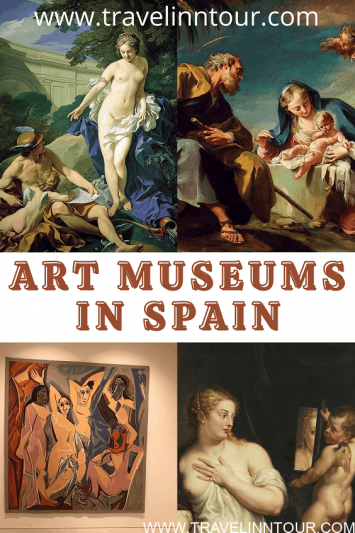Most Famous Art Museums In Spain
 Tourists in Spain enjoy a wonderful opportunity to visit many famous art museums in Madrid and Barcelona, which are rich in artistic treasures from the most famous international artists such as Picasso and Rembrandt. Here’s a quick overview of Spain’s most famous art museums.
Tourists in Spain enjoy a wonderful opportunity to visit many famous art museums in Madrid and Barcelona, which are rich in artistic treasures from the most famous international artists such as Picasso and Rembrandt. Here’s a quick overview of Spain’s most famous art museums.
Spain’s Most Famous Art Museums
- Thyssen-Bornemisza Museum – Madrid
- Museo Nacional Centro de Arte Reina Sofía – Madrid
- Museo del Prado – Madrid
- Royal Academy of Fine Arts San Fernando – Madrid
- El Greco Museum – Toledo
- The Joan Miro Foundation – Barcelona
- National Museum of Art of Catalonia – Barcelona
- Picasso Museum of Málaga
- Guggenheim Museum – Bilbao
1: Thyssen-Bornemisza Museum, Madrid
- Location: Paseo del Prado 8, Valdemoro, Comunidad de Madrid 28343
- Phone: +34 917 91 13 70
This museum contains an impressive collection of art, history, and the special collection includes works of all artists, and these works were arranged, but separate according to the building between the historic city palace and the additional building, built by the architect Rafael Moneo. The art exhibits include works by Rembrandt, Toulouse-Lautrec, Munch Gauguin, Matisse, Monet, Kandinsky, Kokoschka, and Van Gogh, and this museum is part of the magical artistic triangle in Madrid, along with the Prado Museum and Reina Sofia National Museum.

2: Museo Reina Sofía, Madrid
- Location: Calle de Santa Isabel 52, Madrid, Comunidad de Madrid 28012
- Phone: +34 917 74 10 00
This museum is famous for the famous mural painting “Guernica” by the world artist Pablo Picasso (1881 – 1973), which witnesses a great turnout of visitors, and the area of this monument is 27 meters, and it depicts the display of the holy Basque city. Guernica “was bombed during the Spanish Civil War in 1937, and this painting does not show any fighting, soldiers, or planes, but it includes a horse that suffers from the severity of torment, and a mother is carrying her dead child in her arms, and a man is raising his hands and praying to the sky, and the museum exhibits usually change From time to time between topics of modern and contemporary art, however, the famous Picasso painting remains in its place.
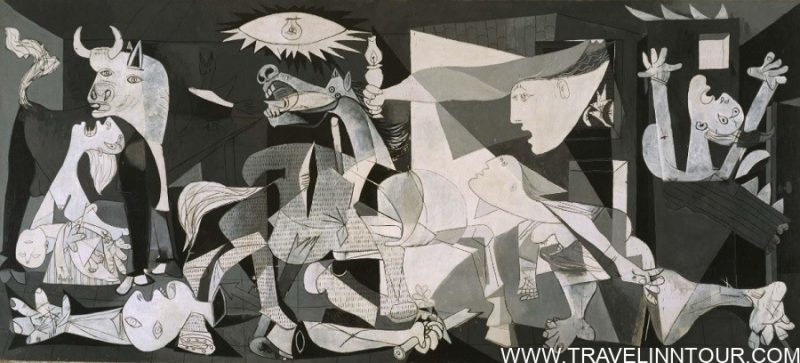
3: Museo del Prado, Madrid
- Location: Calle de Ruiz de Alarcón 23, Madrid, Comunidad de Madrid 28014
- Phone: +34 902 10 70 77
When going to the museum, tourists see the monument to the world artist Diego Velasquez (1599-1660) in the outer area, and inside the museum appears the famous oil painting “Las Meninas” or the Maidens. The studio scene is seen in its intertwining perspective. A milestone in the history of art, the Prado Museum was opened in 1819 and includes the works of all ancient artists such as Fra Angelico, Hieronymus Boss, Tintoretto, Tiziane, Lucas Cranach, and Anthony Van Dyck, and this museum is distinguished by a cross-section of the works of the artist Francisco de Goya (1746 – 1828).

4: Royal Academy of Fine Arts San Fernando, Madrid
- Location: Calle de Alcalá, 13, Madrid, Community of Madrid 28014
- Phone: +34 915 24 08 64
The Prado Museum is witnessing a great turnout of tourists, similar to the Louvre Museum in Paris, and here tourists who love tranquility can enjoy the artistic taste in the halls of the Museum of the Royal Academy of Fine Arts San Fernando, which is famous for the hidden name Prado; Here visitors bask in tranquility, which gives one the space to contemplate the artistic creations of Goya, Giuseppe Arcimboldo, El Greco, and the Baroque religious painter Francisco de Zurbaran.
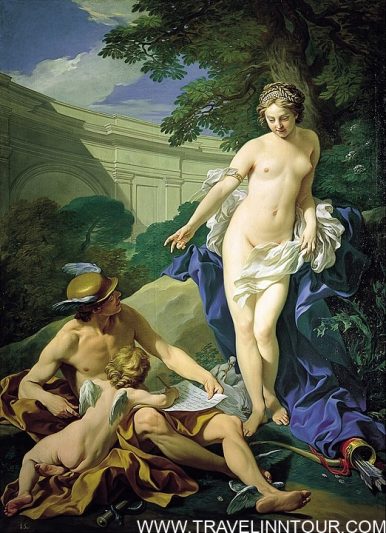
5: El Greco Museum, Toledo
- Location: Paseo del Tránsito, Toledo, Castilla-La Mancha 45002
- Phone: +34 925 99 09 82
The artist, Dominicus Theotokopoulos, came from Crete and worked for a long time in Toledo, near the capital, Madrid. His home and workplace include an impressive collection of artworks, characterized by an intensely religious atmosphere and contrasts of shadow and light.
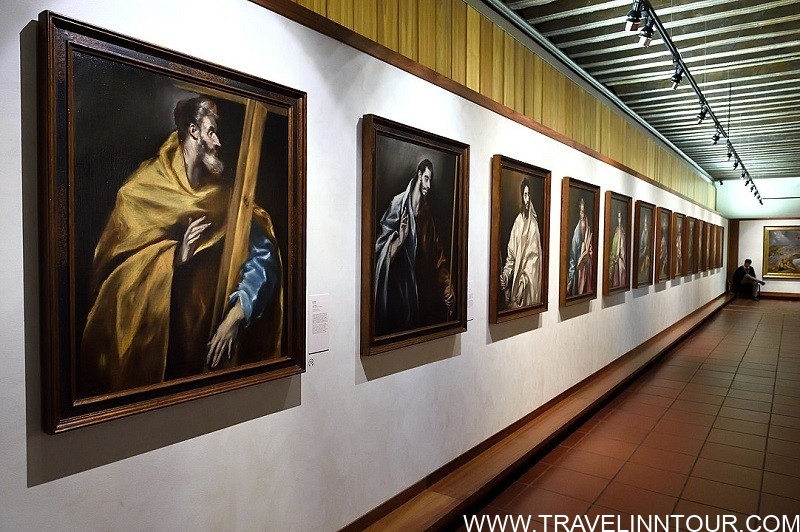
6: The Joan Miro Foundation, Barcelona
- Location: Carretera de Montjuïc, Barcelona, Catalonia 08038
- Phone: +34 934 43 94 70
Joan Miro (1893-1983) pointed out that “everything comes by itself like the rhythm of nature.” Therefore, the location of the Miro Museum was not an accident, and the museum appears surrounded by green scenery in Montjuic Mountain in Barcelona, Architect Josep Louis Cert, a friend of artist Juan Miro, designed an impressive frame.

7: National Museum of Art of Catalonia, Barcelona
- Phone: +34 934 23 21 49
Tourists in Barcelona can enjoy visiting the National Museum of Art of Catalonia in Montjuic; Spain is proud here of the 1929 World’s Fair and its colonial era, and the National Museum of Art in Catalonia is located in a magnificent palace that houses many artistic treasures, dating back to the Middle Ages until the modern era, ranging from Roman frescoes to icons of European art from the sixteenth century to the 19th century, plus works by Picasso.
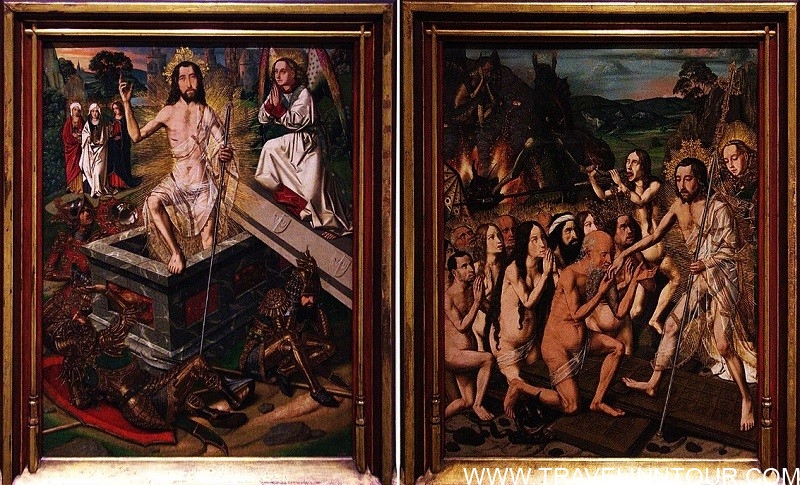
8: Picasso Museum of Málaga, Málaga
- Location: Calle San Agustín 8, Málaga, Andalucía 29015
- Phone: +34 952 12 76 00
The world-class artist Pablo Picasso is honored through a museum in Barcelona; He lived here for some time, as well as another museum in his hometown of Malaga, and of course, it does not come to mind which one is better; The two museums were set up in restored palaces, and complement each other, and the Picasso Museum in Barcelona is based on his desire during his lifetime, while he did not wish to live in his homeland during the rule of the dictator Franco.
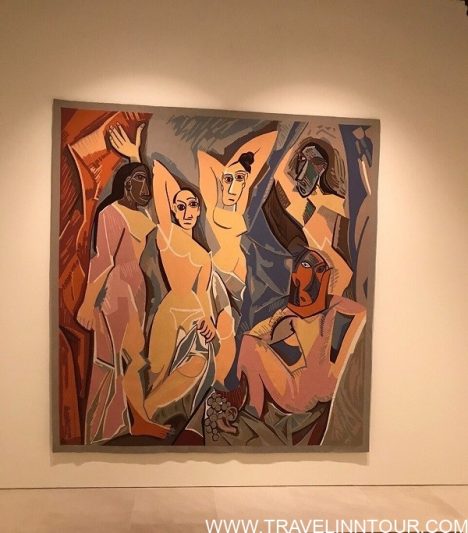
9: Guggenheim Museum, Bilbao
- Location: Avenida de Abandoibarra 2, Bilbao-Bilbo, País Vasco / Euskadi 48009
- Phone: +34 944 35 90 00
This museum is famous for holding many exhibitions that change in terms of their origins and quality. The works of art on display are permanently limited to huge steel sculptures by Richard Serra, and the giant flower dog “Puppy” from the creativity of Jeff Koons always attracts the attention of visitors, with The bronze spider “Maman” was designed by Louise Bourgeois, and the splendor of the Guggenheim Museum lies in the perception of architecture, created by the Canadian designer Frank Gehry as an integrated work of art. The exterior walls and ceilings include thin titanium panels, which shine in silver or gold as the light falling on them.
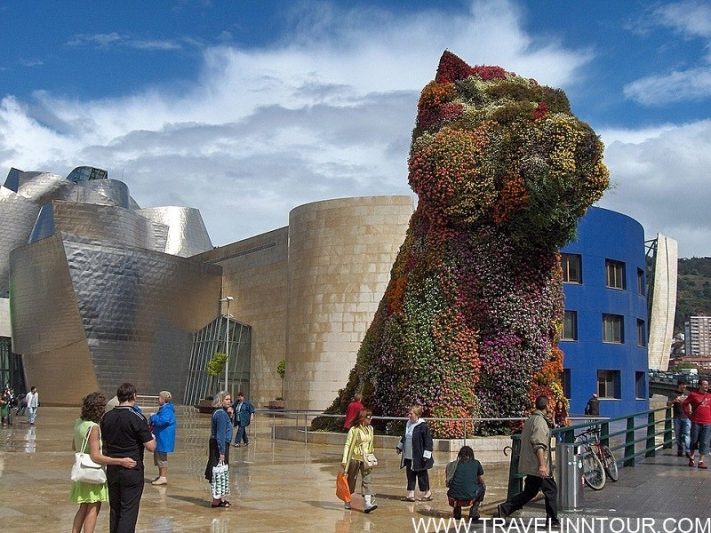
The building was constructed from 1993 to 1997 within the framework of the urban redevelopment of Bilbao, which transformed it from a source of industrial pollution into an important tourist attraction. The benefit of this was reflected in all of northern Spain, despite the allocation of a hall for Picasso’s painting “Guernica” The famous, except that it was not brought here, and the real city of Guernica is only 35 km away, but if tourists want to see a Picasso painting, they have to return to Madrid.
This article is contributed by Ruth, a native Puerto Rican, and long-term California resident who started the blog Tanama Tales to show people that they do not have to travel far, spend a lot of money, or fit a specific stereotype to have a great adventure.
Save It On Pinterest
